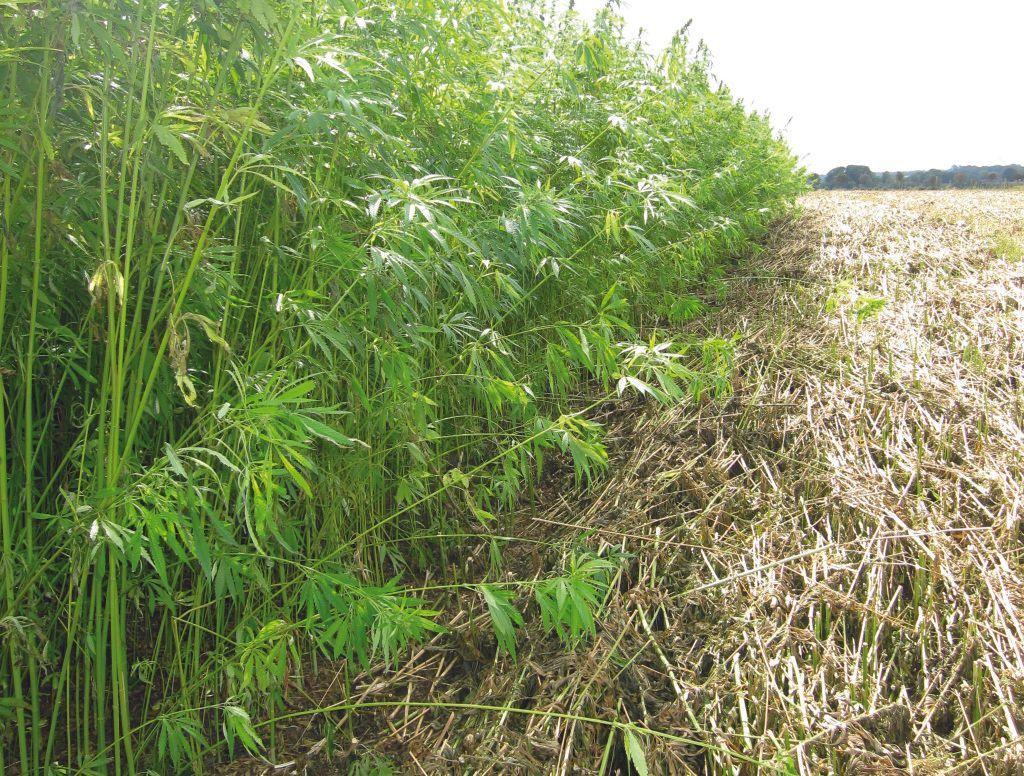Hemp is an annual biomass crop known for its sustainability and versatility. It produces large quantities of biomass over a short growing season. Hemp is widely used in the production of textiles, biocomposites, biodegradable plastics, and as a source of phytochemicals. Hemp is planted in April - June and harvested rougly 5- 6 motnhs later. Hemp grows quickly and can improve soil health by reducing erosion and providing organic matter.
Strengths
- Harvested annually
- Rapid growth
- Ability to improve soil health by reducing erosion, and providing organic matter.
- Versatile crop with many end uses.
- Low input needs.
Weaknesses
- Monoculture
- Can be dificult to replant into stubble left behind.
- Seed heads can be prone to rot in wetter conditions.
- Yields can vary greatly depending on local conditions.
- Needs a license to be grown in the UK.
HeightTallest height: 3- 4 metres
Fibre hemp grows to 3-4m. Dual-purpose hemp can grow to 2-3m. And seed specific varieties grow to 1.5-2m.
Ideal Soil typeWell-drained, loams
- pH range of 6.0 to 7.5. Hemp thrives in nutrient-rich soils that support its rapid growth and high biomass production.
- Heavy clay or waterlogged soils are not recommended, as they can hinder root development and overall plant health .
PersistenceAnnual
Annual crop to be replanted each year.
Crop RiskLow risk
Low risk - due to being an annual. Although has a fairly high seed cost.
Use of cropMulti-use
- Textiles
- Food packaging,
- Biocomposites
- Biopolymers,
- Phytoceuticals
- Seed oil
- Animal bedding
- Biomass, biomethane, bioethanol
How it's plantedSpring - early summer
The seed should be drilled as early in spring as possible, when the soil temrperature reaches 8 degree celcius and there are no more frosts. The seed for seed, dual-purpose and fibre specific varieties are drilled at 2-5cm deep at a density of 100 plants/m2, 150 plants/m2 and 200 plants/m2 respectively.






Find out potential yield on this crop